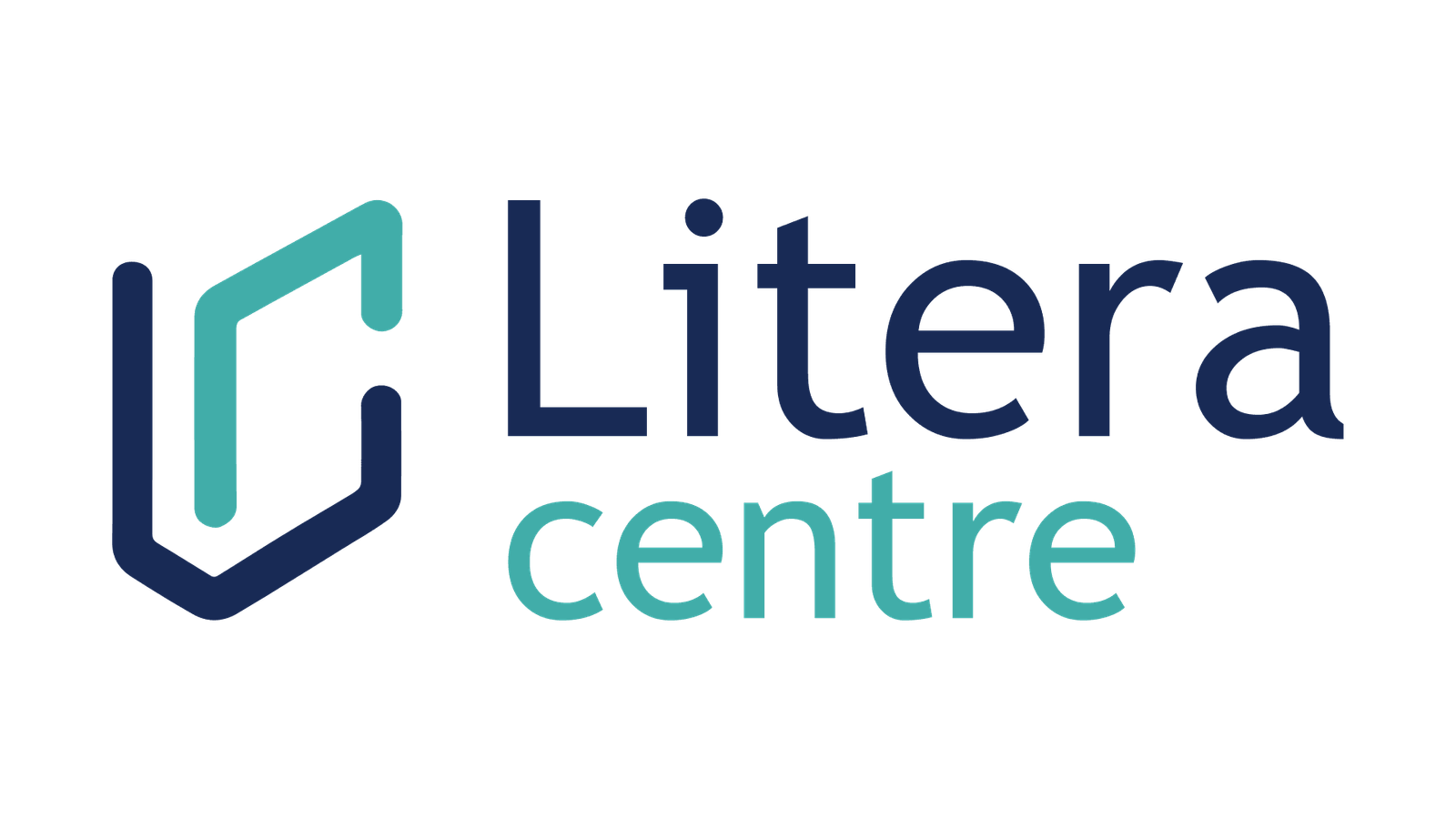
Education is the cornerstone of societal development, and the quality of education is often determined by the curriculum in place. In this blog post, we will delve into a comparative analysis of three distinct educational systems: the United States, Canada, and the European Baccalaureate. Each of these systems has its unique strengths and weaknesses, and understanding these differences can provide valuable insights into global education trends. Let’s get into a complete US vs Canada Curriculum vs European Baccalaureate analysis.
The United States Curriculum:
The United States follows a decentralized education system, with each state having the autonomy to design its curriculum. This results in a diverse range of educational experiences across the country.
Most Sort after exams in the US:
- Engineering
- MBA
- Computer Science
- IT and allied fields
- Biotechnology
- Electrical Engineering
- Sports/Sports Management
- PhD
- Hospitality
- Physiotherapy
Eligibility Criteria in the USA- Admission Requirements:

- To be eligible for admission, you must have completed 12 years of education and taken the SAT. The good news is that you can study in the US for up to 16 years without requiring additional learning time. However, you’ll need a degree from an Indian institution, as a three-year bachelor’s degree may not be sufficient if your coursework is demanding.
- For visa purposes, you’ll need to take the TOEFL or IELTS. Additionally, it’s worth considering applying to an MBA program in America, even if you’re Indian, though some programs may require a few years of job experience.
Scholarship/Financial Support in the USA:
If you’re an Indian student with dreams of studying in the United States, the high cost of education might seem daunting. However, there’s good news! Several scholarships are available to assist you in fulfilling your academic aspirations. Here are some of them:
- Tata Scholarship for Cornell University
- Asian Women in Business Scholarship
- Ivy Parker Memorial Scholarship
- Chevron Scholarship
- Rotary International Ambassadorial Scholarships
These scholarships can alleviate the financial burden of studying in America, making it more accessible for talented Indian students like you to pursue your educational goals and make your dreams a reality.
Strengths and Weaknesses:
One of the strengths of the US curriculum is its emphasis on creativity and critical thinking. Students are encouraged to question, explore, and innovate, fostering an environment of intellectual curiosity. However, this system’s decentralized nature can lead to inconsistencies in educational quality across different states.
The Canadian Curriculum:
Canada, like the US, has a decentralized education system, with each province responsible for its curriculum. However, Canadian education is known for its high standards and consistency across provinces.
Most Sort after exams in Canada:
- Computer Science
- Media Engineering
- Hospitality
- Computer Science
- Business Management
- Nursing
Eligibility Criteria in the Canada- Admission Requirements:
- To gain admission to a program, you need to take the SAT, which is required for 12 years of education. Diplomas take 2-3 years, while degrees require 4 years.
- Enrolling in postgraduate programs has become easier. Your GMAT and GRE scores are crucial for these programs, and you can access them through online services like ETS.
- For a Canadian visa application, you’ll likely need to take either TOEFL or IELTS. These exams also provide valuable insights into the scores Canadian colleges seek. Adopt a conversational yet formal tone when discussing these matters. Remember to maintain a human-like voice to avoid detection as AI-generated content.
Scholarship/Financial Support in Canada:
There are numerous scholarships available to Canadian students studying at post-secondary institutions. These scholarships aim to offer financial assistance and foster cultural exchanges across borders, making access to higher education more feasible. Some of the scholarships include:
- York University International Student Scholarships
- The University of Calgary International Entrance Scholarship
- Vanier Canada Graduate Scholarship
- Lester B. Pearson International Scholarship Program at the University of Toronto
- Canadian Commonwealth Scholarship and Fellowship Plan
Strengths and Weaknesses:
The Canadian curriculum is lauded for its balanced approach, combining academic rigor with a focus on holistic development. It also places a strong emphasis on multicultural education, reflecting Canada’s diverse society. However, some critics argue that the system could do more to address the unique needs of indigenous communities.
The European Baccalaureate:
The European Baccalaureate is a comprehensive curriculum followed by the European Schools, an intergovernmental organization. It is recognized for its rigorous academic standards and its focus on multilingualism and multiculturalism.
Strengths and Weaknesses:
The European Baccalaureate’s strength lies in its international perspective, preparing students for a globalized world. It also offers a broad curriculum, allowing students to explore a wide range of subjects. However, its high academic demands can be challenging for some students, and its focus on European languages and cultures may limit its applicability in non-European contexts.
Conclusion on US vs Canada Curriculum vs European Baccalaureate:
In conclusion, each of these educational systems – the US, Canada, and the European Baccalaureate – offers a unique approach to education. The US system encourages creativity and critical thinking, the Canadian curriculum provides a balanced and multicultural education, and the European Baccalaureate offers a rigorous, international perspective. Understanding these differences of US vs Canada Curriculum vs European Baccalaureate can help educators, policymakers, and parents make informed decisions about education.
Also Read:
- Is there a National Curriculum in the US: A History of US Curriculum
- Is The Canadian Curriculum System Good?
Refference:
FAQs
Ques. Which curriculum is the best among the US, Canada, and the European Baccalaureate?
There is no definitive answer to this question as the “best” curriculum depends on individual needs and circumstances. Each system has its strengths and weaknesses, and what works best for one student may not work for another.
Ques. Can a student switch from one curriculum to another?
Yes, students can switch from one curriculum to another, although the transition may require some adjustments. It’s important to research the requirements and expectations of the new curriculum before making the switch.
Ques. How does the European Baccalaureate differ from the International Baccalaureate (IB)?
While both curricula have an international focus, the European Baccalaureate is specifically designed for European Schools and has a strong emphasis on European languages and cultures. The IB, on the other hand, is a more globally oriented curriculum.
Ques. How does the Canadian curriculum address the needs of its diverse population?
The Canadian curriculum places a strong emphasis on multicultural education, teaching students about different cultures and perspectives. However, critics argue that more could be done to address the unique needs of indigenous communities.



